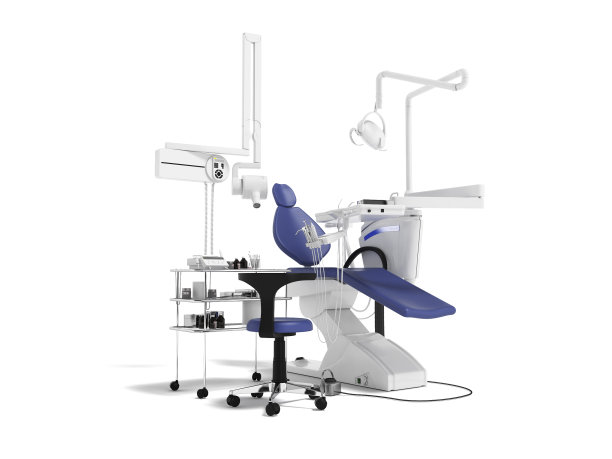Essential Guidelines and Precautions to Ensure Successful Root Canal Treatment and Optimal Patient Safety Throughout the Procedure
Summary: Root canal treatment is a crucial dental procedure aimed at saving teeth affected by infection or decay. For optimal outcomes, both patient safety and procedural effectiveness are paramount. This article outlines essential guidelines and precautions to ensure successful root canal treatments. It covers pre-treatment assessments, the treatment process, postoperative care protocols, and patient communication strategies. By following these guidelines, dental professionals can enhance treatment efficacy, minimize risks, and ensure a smoother patient experience. The insights herein are designed to empower both dentists and patients, fostering a collaborative approach toward dental health.
1. Importance of Comprehensive Pre-Treatment Assessment

Before initiating a root canal procedure, a detailed pre-treatment assessment is essential. This involves thorough medical history-taking, ensuring that any underlying conditions are identified and addressed. Conditions such as diabetes, heart disease, or autoimmune disorders can complicate the treatment process and require specific management protocols.
Moreover, dentists should conduct a meticulous clinical examination of the affected tooth and surrounding structures. Diagnostic imaging, often in the form of X-rays, enables practitioners to evaluate the extent of decay, determine the number of canals, and identify any possible complications that might arise during treatment.
Effective pre-treatment planning also includes discussing the procedure with the patient. Clear communication regarding what to expect can alleviate anxiety and enhance cooperation during treatment, ultimately leading to better outcomes.
2. Adhering to Protocols During the Treatment Process
During the root canal treatment, strict adherence to established protocols is vital for both success and patient safety. First, the use of appropriate aseptic techniques minimizes the risk of infection. This includes using sterilized instruments and ensuring that the treatment area is properly cleaned and draped.
Additionally, utilizing advanced techniques, such as electronic apex locators and operating microscopes, can significantly improve the precision of the procedure. These tools help in accurately locating the canal system, ensuring all infected tissue is removed and the canals are thoroughly cleaned and shaped.
Furthermore, managing patient comfort remains a priority throughout the procedure. Anesthesia should be administered effectively, and the patient’s vital signs should be monitored consistently, enabling the practitioner to adjust care based on the patient’s condition throughout the procedure.
3. Essential Postoperative Care Guidelines
Postoperative care is critical to ensure effective recovery following root canal treatment. Patients should receive clear and comprehensive instructions regarding aftercare. This includes guidelines on managing pain, recognizing signs of complications, and recommendations for dietary adjustments.
Moreover, follow-up appointments are a significant aspect of postoperative care. Regular check-ups allow practitioners to monitor healing and address any arising issues promptly. This proactive approach can prevent minor problems from escalating into significant complications.
Patients should also be educated about the importance of oral hygiene in their recovery. Rigorous dental care practices following the procedure can significantly improve recovery outcomes and promote overall dental health, reducing the risk of further dental issues.
4. Enhancing Patient Communication and Education
Effective communication with patients is fundamental at every stage of the root canal treatment process. From the initial consultation to the postoperative follow-up, practitioners should emphasize the importance of open dialogue. Encouraging patients to voice their concerns and ask questions fosters a trusting environment, which is essential for successful treatment.
Additionally, providing educational materials that outline the procedure, anticipated recovery, and any potential complications can empower patients. When patients are well-informed about their treatment, they are more likely to adhere to care guidelines and feel more comfortable during their dental visits.
Lastly, incorporating patient feedback into practice can enhance future treatment protocols. Understanding patient experiences can help clinicians adapt their approaches, making procedures more patient-centered and effective.
Summary:
This article underscores the importance of comprehensive guidelines and precautions to ensure the success of root canal treatments while prioritizing patient safety. By focusing on pre-treatment assessments, strict adherence to protocols during the procedure, meticulous postoperative care, and fostering strong patient communication, dental professionals can achieve optimal outcomes and improve patient experiences.
This article is compiled by Vickong Dental and the content is for reference only.


